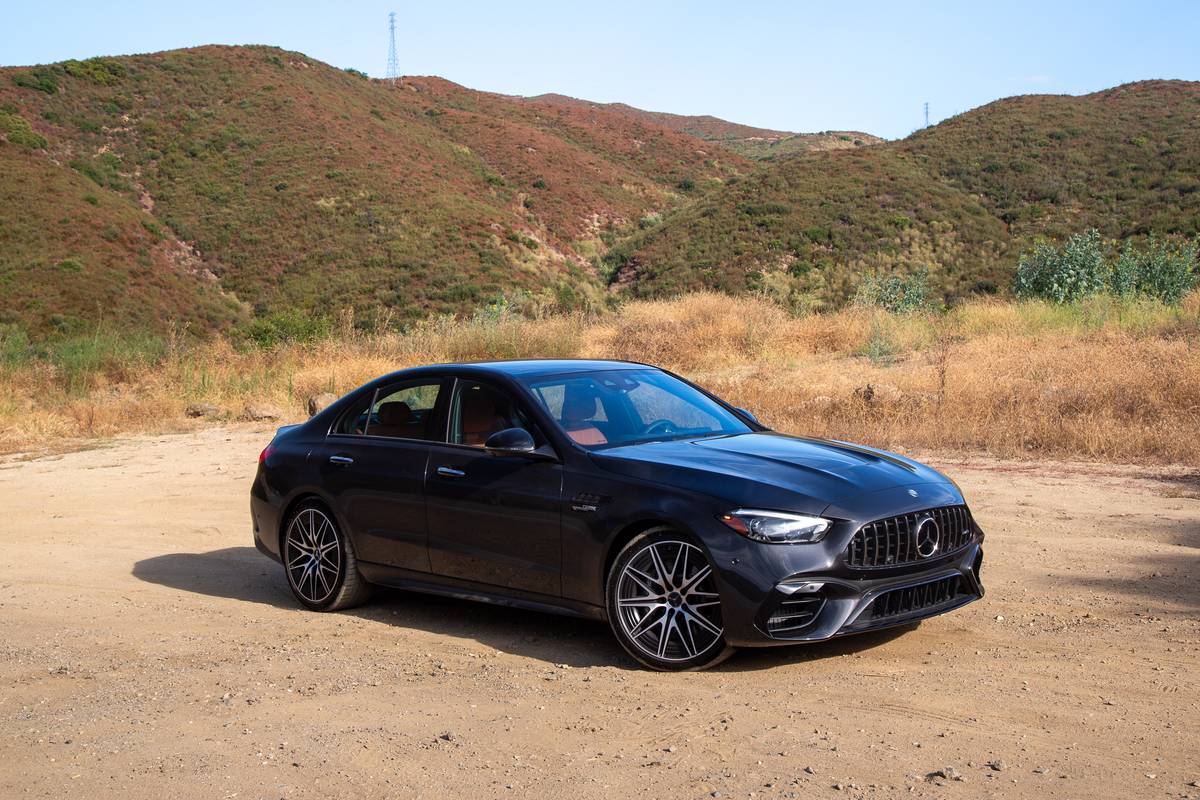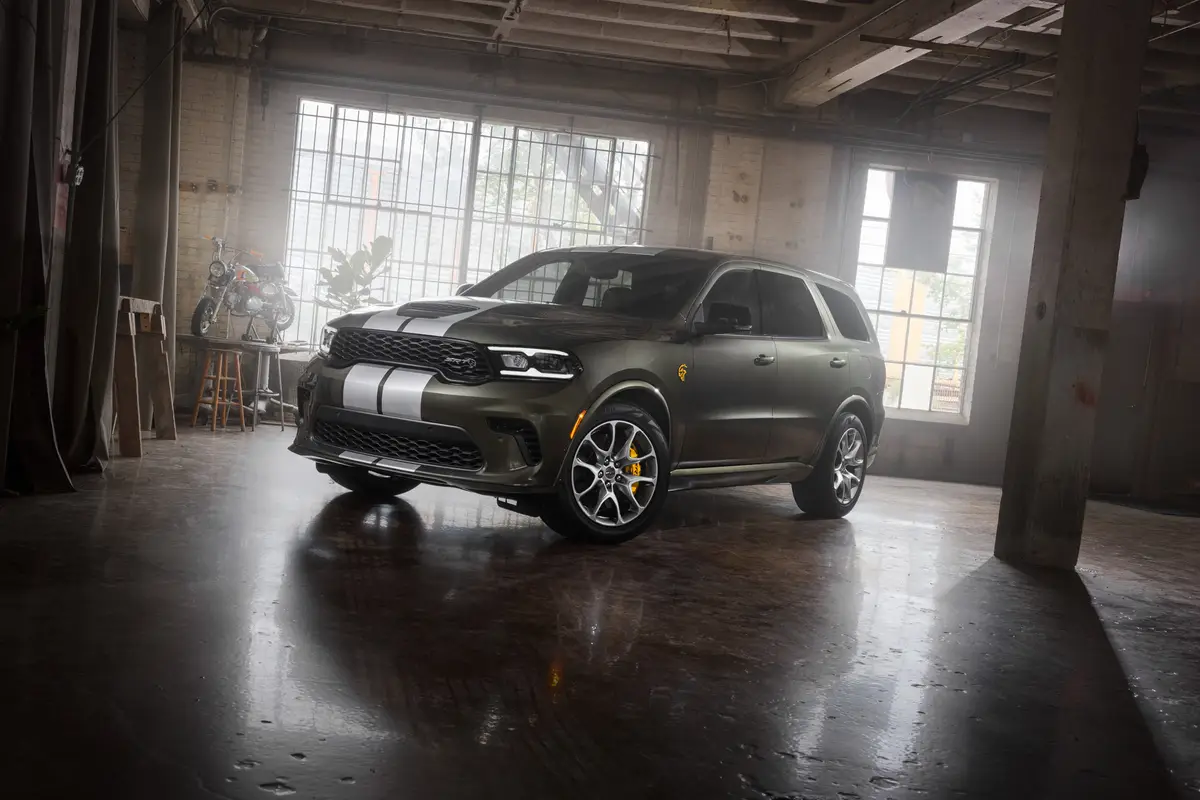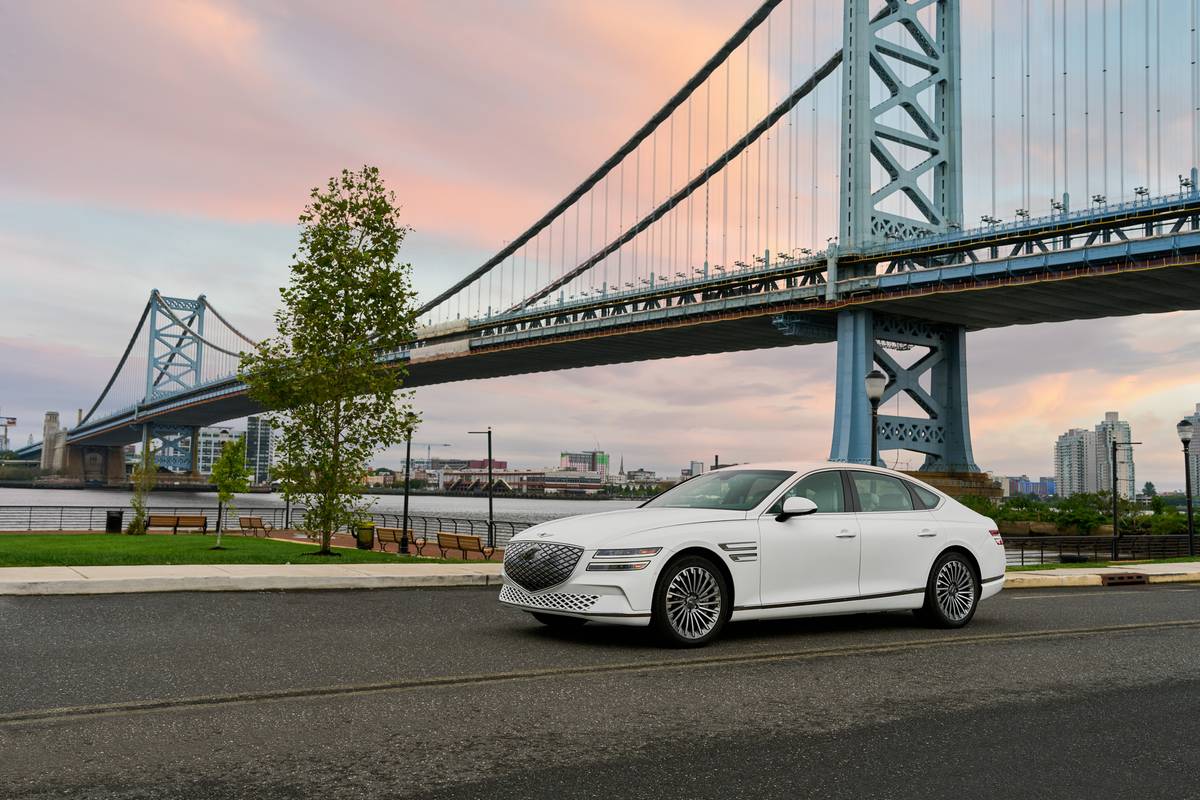Boston.com's view
The answer: 26.02.
The question, which inevitably follows any test drive of a hybrid gasoline/electric vehicle:
”How many miles per gallon did you get?”
The 26.02 figure applies to the 2006 Mercury Mariner Hybrid with all-wheel drive that I drove for 1,150 miles.
That’s almost 6 miles per gallon better than I achieved with the regular Mariner AWD last spring.
It is a fair comparison, since both cars were driven in colder weather, when hybrids tend to perform less efficiently.
Twenty-six miles per gallon may not sound like a lot to folks who have visions of 50 and 60 miles per hybrid gallon dancing in their heads, but consider this:
Half of the vehicles sold in this country are classified as light trucks (SUVs, pickups, minivans). If that entire fleet were to gain 6 miles per gallon in fuel efficiency, the overall impact on fuel consumption nationwide would be far greater than already-efficient Toyotas and Hondas going from 37 to 45 miles per gallon.
But back to today’s test car.
First, let’s set aside my qualms about Mercury’s building an SUV that is really nothing more than a gussied-up version of the Ford Escape.
The Mariner certainly looks better than the Escape. Its ribbed, waterfall grille is elegant, and rectangular headlamps add a look of seriousness. This version, unlike the earlier gas-only test model, came with a premium package that included heated power mirrors, navigation system, leather trim, and an upgraded sound system — add-ons that cost $3,800.
The gasoline-only model had about $1,500 in extras, so the boost in price over the gas-only model means the hybrid system cost only about $2,000 extra — quite reasonable these days. Given the gas savings, that makes the hybrid cost-efficient, as well as cleaner.
For 2007, Mazda will bring us virtually the same car, in hybrid form, as a Tribute.
Meanwhile, the Mariner, which came to market faster than anticipated, proved to be a very capable highway and back-road car, using the electric boost during passing, as well as for extra juice when sweeping up entrance ramps and into traffic. It also came into play when, fully loaded with five passengers and ski gear, there were long hills to climb.
In the slush and snow and rain mix that has been our winter of late, the AWD system was virtually invisible, pulling us through wet slush and deep powder, and keeping us stable when we hit deep puddles in sudden cornering.
During that cornering there was also some sense of body roll so, as with any SUV, the Mariner must be driven with its height and weight in mind.
The car is not quiet — the sounds of the engine and electric motor permeated the cockpit when they were pushed hard.
The front bucket seats were firm and comfortable enough for long jaunts; the 60/40 split rear seat is best suited to two adults, though a third can squeeze in.
As gung-ho as I have been over hybrids from Toyota and Honda, I have to say that Ford’s Escape and the upcoming Mazda have done the best job yet of transferring the green power of hybrids to the world of SUVs.
Part of that, of course, is because they have opted for less power than other cars, such as the Toyota Highlander (208 horsepower, 22.9 miles per gallon in Globe testing). The Mariner’s electric/gasoline combination produces a combined 155 horsepower, and I found it plenty powerful — unless I needed to tow a boat or a horse trailer.
But ultimately hybrids are not designed for that kind of heavy duty towing. They are more about giving up a bit of power to gain maximum efficiency.
Royal Ford can be reached at ford@globe.com.
Latest news



